 W
WArchibald Campbell, 3rd Duke of Argyll, 1st Earl of Ilay was a Scottish nobleman, politician, lawyer, businessman, and soldier. He was known as Lord Archibald Campbell from 1703 to 1706, and as the Earl of Ilay from 1706 until 1743, when he succeeded to the dukedom. He was the dominant political leader in Scotland in his day, and was involved in many civic projects.
 W
WField Marshal John Campbell, 2nd Duke of Argyll, 1st Duke of Greenwich,, styled Lord Lorne from 1680 to 1703, was a Scottish nobleman and senior commander in the British Army. He served on the continent in the Nine Years' War and fought at the Battle of Kaiserwerth during the War of the Spanish Succession. He went on to serve as a brigade commander during the later battles of the War of the Spanish Succession. Next he was given command of all British forces in Spain at the instigation of the Harley Ministry; after conducting a successful evacuation of the troops from Spain, he became Commander-in-Chief, Scotland. During the Jacobite Rebellion, he led the government army against the Jacobites led by the Earl of Mar at the Battle of Sheriffmuir. He went on to serve as Lord Steward and then Master-General of the Ordnance under the Walpole–Townshend Ministry.
 W
WArthur Elphinstone, 6th Lord Balmerino and 5th Lord Cupar was a Scottish nobleman and Jacobite, or supporter of the claim of the exiled House of Stuart to the British throne.
 W
WLieutenant-General George Carpenter, 1st Baron Carpenter of Killaghy was a British army officer who also sat in the House of Commons from 1715 to 1727.
 W
WCharles Cathcart, 8th Lord Cathcart was a British Army officer. Before 1732 he was known as The Honourable Charles Cathcart.
 W
WJames Radclyffe, 3rd Earl of Derwentwater was an English Jacobite, executed for treason.
 W
WWilliam Drummond, 4th Viscount Strathallan was a Scottish peer and Jacobite, who died at the Battle of Culloden.
 W
WGeorge Drummond (1688–1766) was accountant-general of excise in Scotland and a local politician, elected Lord Provost of Edinburgh a number of times between 1725 and 1764.
 W
WLancelot Errington, also Launcelot or Lancelott, (1657–1745) was a master mariner noted for his capture of Lindisfarne during the Jacobite rising of 1715.
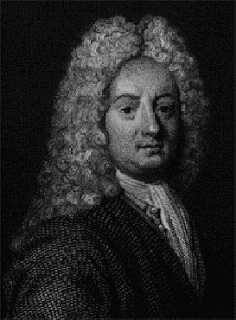 W
WThomas Forster, of Adderstone Hall, Northumberland, was an English landowner and Tory politician who sat in the House of Commons from 1708 to 1716. He served as a general of the Jacobite army in the 1715 Uprising and subsequently fled to France.
 W
WHon. William Fraser, of Fraserfield was a Scottish Jacobite politician.
 W
WColonel James Gardiner was a Scottish soldier who fought in the British Army, including during the 1745 Jacobite rising, in which he was killed at the Battle of Prestonpans.
 W
WSir William Gooch, 1st Baronet, born in Great Yarmouth, Norfolk, England, and died in London, served as Governor of Virginia from 1727 through 1749. Technically, Gooch only had the title Royal Lieutenant Governor, but the nominal governors, George Hamilton, 1st Earl of Orkney, and Willem Anne van Keppel, 2nd Earl of Albemarle, were in England and did not exercise much authority. Gooch's tenure as governor was characterized by his unusual political effectiveness. One of his greatest successes was the passage of the Tobacco Inspection Act of 1730. The Act called for the inspection and regulation of Virginia's tobacco, the most important crop of the colony. Tobacco planters were required to transport their crop to public warehouses where it was inspected and stored. The Act raised the quality of Virginia's tobacco and reduced fraud; this greatly increased the demand for Virginia tobacco in Europe. Gooch's military policy focused on protecting the western territory from Native Americans and French encroachment.
 W
WJohn Gordon of Glenbucket was a Scottish Jacobite, or supporter of the claim of the House of Stuart to the British throne. Laird of a minor estate in Aberdeenshire, he fought in several successive Jacobite risings. Following the failure of the 1745 rising, in which he served with the rank of Major-General, he escaped to Norway before settling in France, where he died in 1750.
 W
WSir William Grierson, 2nd Baronet, of Rockhall, Lag, Dumfries, was a Scottish Jacobite and Tory politician who sat in the House of Commons from 1709 to 1711. He was captured and imprisoned in the 1715 Jabobite rebellion.
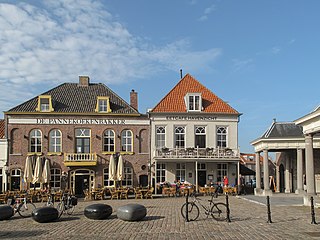 W
WLieutenant General Roger Handasyd, also spelt Handaside, 11 March 1689 to 4 January 1763, was an English military officer and Member of Parliament for different seats between 1722 and 1754.
 W
WLieutenant General William Hargrave was a British Army officer and Governor of Gibraltar.
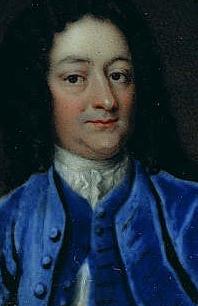 W
WLieutenant General Henry Hawley was a British army officer who served in the wars of the first half of the 18th century. He fought in a number of significant battles, including the Capture of Vigo in 1719, Dettingen, Fontenoy and Culloden.
 W
WWilliam Gordon, 6th Viscount of Kenmure and Lord Lochinvar was a Scottish Jacobite.
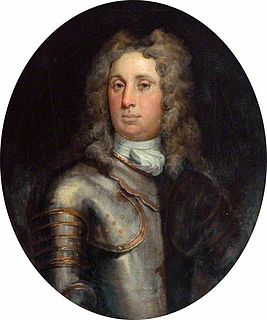 W
WLieutenant-General Peregrine Lascelles (1685–1772), also spelt Lascells, was a British military officer from Yorkshire.
 W
WSir George Lockhart of Lee, of Carnwath, South Lanarkshire, also known as Lockhart of Carnwath, was a Scottish writer and Jacobite politician who sat in the Parliament of Scotland from 1702 to 1707 and as a Tory in the House of Commons from 1708 to 1715. He was a member of the Commission on the Union before 1707 but acted as an informant to his Jacobite colleagues and later wrote an anonymous memoir of its dealings. He supported the Pretender in the Jacobite rebellion.
 W
WSir John Maclean, 4th Baronet of Duart and Morvern (1670–1716) was the 20th Clan Chief of Clan Maclean from 1674 to 1716. He was the 16th and last Laird of Duart, when in 1691 he lost Castle Duart to Archibald Campbell, 1st Duke of Argyll. The castle wasn't recovered by Clan Maclean until 1912 until it was purchased by Fitzroy Donald Maclean, 221 years later.
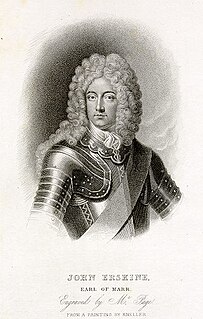 W
WJohn Erskine, Earl of Mar, KT was a Scottish Jacobite who was the eldest son of Charles, Earl of Mar, from whom he inherited estates that were heavily loaded with debt. He was the 23rd Earl of Mar in the first creation of the earldom. He was also the sixth earl in the seventh creation. He was nicknamed Bobbing John, for his tendency to shift back and forth from faction to faction, whether from Tory to Whig or Hanoverian to Jacobite. Deprived of office by the new king in 1714, Mar raised the standard of rebellion against the Hanoverians; at the battle of Sheriffmuir in November 1715, Mar's forces outnumbered those of his opponent, but victory eluded him. At Fetteresso his cause was lost, and Mar fled to France, where he would spend the remainder of his life. The parliament passed a Writ of Attainder against Mar, for treason, in 1716 as punishment for his disloyalty, which was not lifted until 1824. He died in 1732.
 W
WGeorge Keith, 10th Earl Marischal was a Scottish and Prussian army officer and diplomat. Jacobite by persuasion, he was the tenth and last Earl Marischal, having inherited the title from his father the 9th earl in 1712.
 W
WSir Robert Munro of Foulis, 6th Baronet was a soldier-politician whose life followed an 18th-century pattern. He fought in support of the Revolution Settlement and the House of Hanover, and their opposition to all attempts by the Jacobites to restore the House of Stuart either by force of arms or by political intrigue.
 W
WLord George Murray (1694-1760), sixth son of John Murray, 1st Duke of Atholl, was a Scottish nobleman and soldier who took part in the Jacobite rebellions of 1715, 1719, and played a senior role in that of 1745.
 W
WWinifred Maxwell, Countess of Nithsdale, is best known for arranging the daring escape of her husband from the Tower of London in 1716.
 W
WHenry Pelham was a British Whig statesman who served as Prime Minister of Great Britain from 1743 until his death in 1754. He was the younger brother of Thomas Pelham-Holles, 1st Duke of Newcastle, who served in Pelham's government and succeeded him as prime minister. Pelham is generally considered to have been Britain's third prime minister, after Robert Walpole and the Earl of Wilmington.
 W
WCharles Radclyffe, titular 5th Earl of Derwentwater, was one of the few English participants in the Risings of 1715 and 1745.
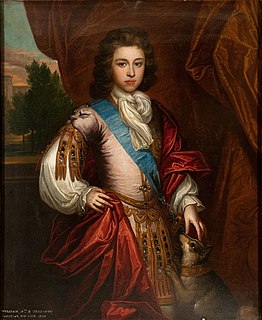 W
WWilliam Mackenzie, 5th Earl of Seaforth, and 2nd titular Marquess of Seaforth, also known as Uilleam Dubh, or Black William, was a Scottish peer and head of Clan Mackenzie. Educated in France and brought up as a Roman Catholic, he was attainted for his part in the 1715 Jacobite Rising and also joined the 1719 Rising.
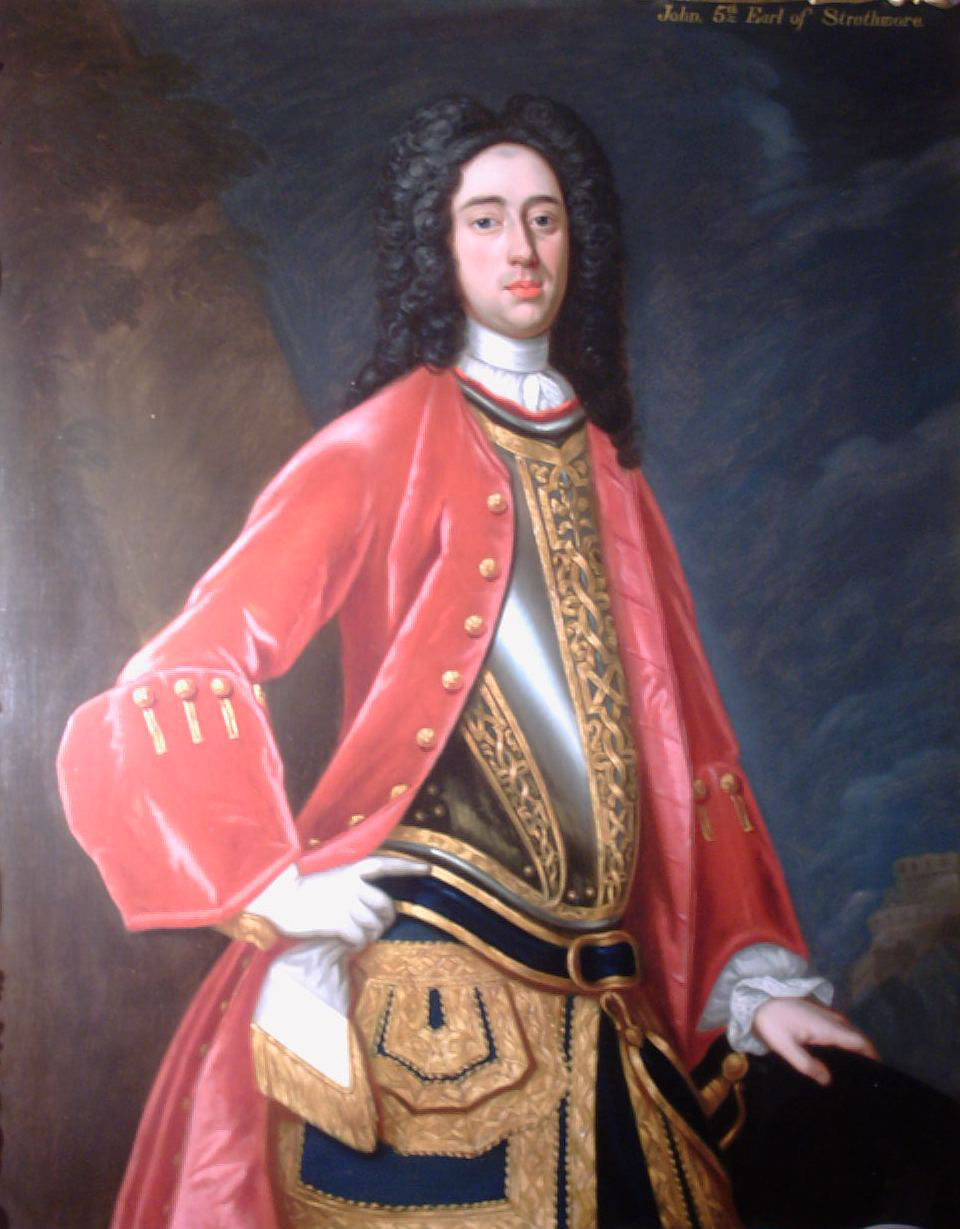 W
WJohn Lyon, 5th Earl of Strathmore and Kinghorne was a Scottish peer and nobleman. He was the son of John Lyon, 4th Earl of Strathmore and Kinghorne. He died fighting with the Jacobites in The Battle of Sheriffmuir in 1715.
 W
WJames Francis Edward Stuart, nicknamed The Old Pretender by Whigs, was the son of King James II and VII of England, Scotland and Ireland, and his second wife, Mary of Modena. He was Prince of Wales from July 1688 until, just months after his birth, his Catholic father was deposed and exiled in the Glorious Revolution of 1688. James II's Protestant elder daughter, Mary II, and her husband, William III, became co-monarchs and the Bill of Rights 1689 and Act of Settlement 1701 excluded Catholics from the English throne and, subsequently, the British throne.
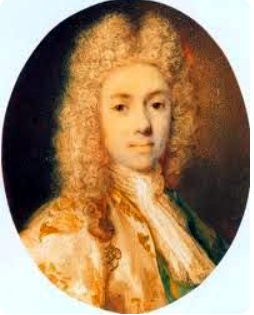 W
WWilliam Murray, Marquess of Tullibardine was a Scottish nobleman and Jacobite who took part in the rebellions of 1715, 1719, and 1745.
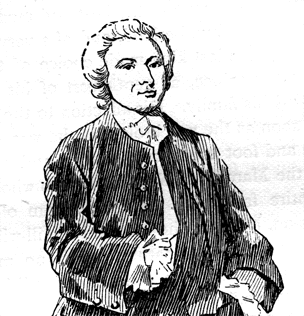 W
WWilliam Widdrington, 4th Baron Widdrington, was an English Roman Catholic peer and supporter of the Stuart claim to the Crown.
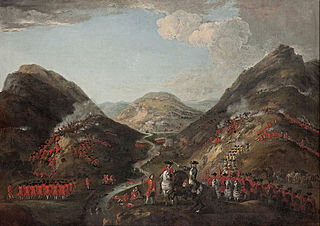 W
WJoseph Wightman was a British military officer of the early eighteenth century. He is best remembered for his part in the suppression of the 1715 and 1719 Jacobite rebellions.
 W
WGeneral Sir Charles Wills was a professional soldier from Cornwall, who was Lieutenant-General of the Ordnance and Member of Parliament for Totnes from 1718 to 1741.
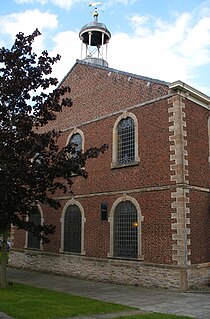 W
WJames Wood (1672–1759) was a Presbyterian minister of the first Atherton and Chowbent Chapels in Atherton, Greater Manchester, England. During the Jacobite rising, he was given the title "the General" for leading a force of men that routed the Highlanders.